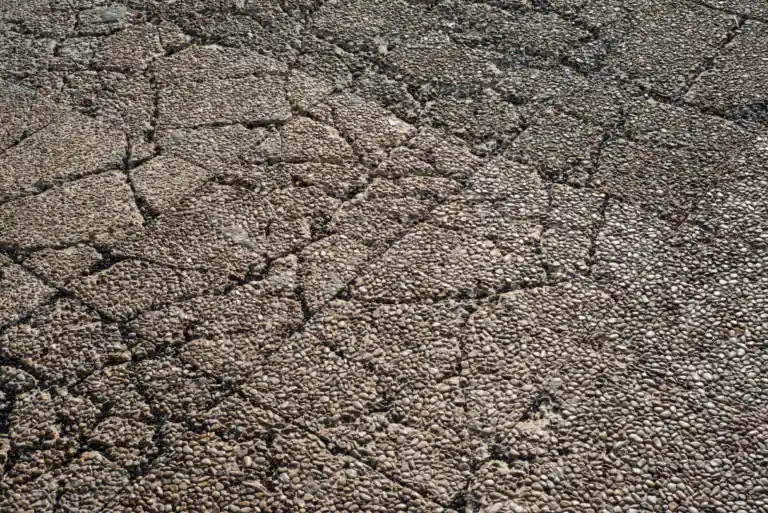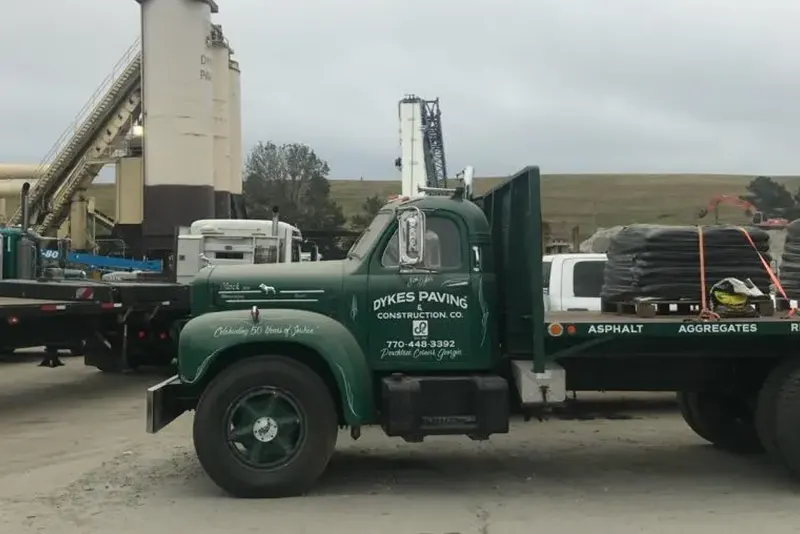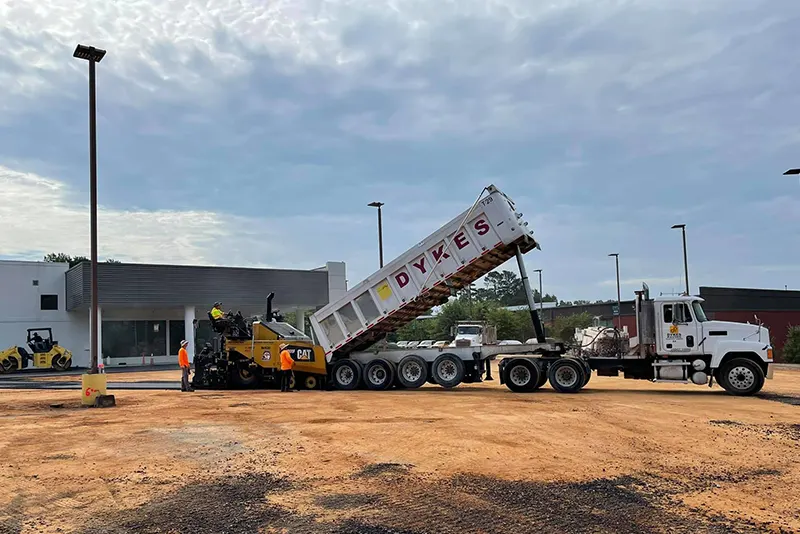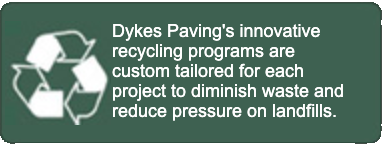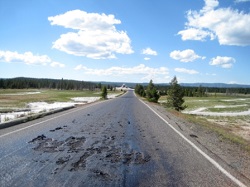 With increasing frequency, drivers on paved roads are encountering a comically peculiar dilemma; the roads are melting right under their wheels.
With increasing frequency, drivers on paved roads are encountering a comically peculiar dilemma; the roads are melting right under their wheels.
The road may not necessarily transform suddenly into an undulating sea of tar, but high temperatures, coupled with the friction produced by a high volume of fast-moving rubber tires, can contribute to a very unstable and unpredictable scenario for the unsuspecting motorist.
And, though the visual of a melting road may seem like something straight out of a cartoon, it is no laughing matter for drivers! High temperatures can compromise the road’s surface. Depending on the amount of traffic on the road, ruts and ridges can soon develop, making it difficult for drivers to maintain control of their vehicles.
Different Stuff for Different Roads
Generally speaking, asphalt is built to withstand a wide range of weather conditions; however, different types of asphalt are able (or unable, in the case of melting asphalt) to endure and withstand different temperatures.
The surface temperature of an oft-traveled road can be, on average, about 20 degrees higher than the temperature of the air. This means that it doesn’t take much, especially in hotter climates, for the road to become compromised.
Lower-grade asphalt, which is usually a mix of asphalt and concrete, is more likely to succumb to the heat and begin to liquefy in the 120-125 degree range; at the other end of the spectrum, higher-grade asphalt tends to withstand the heat better, though it is more susceptible to crack during the winter months.
Besides cost (the higher grade being more expensive), the difference-maker in the different grades of asphalt lies in the amount of bitumen binder used. The more bitumen binder used, the more resistant to heat the asphalt becomes.
Theoretically, the higher cost for higher-grade asphalt could lead a municipality to reserve the higher-priced material for only its most intensely trafficked roads.
What Can You Do As A Driver?
As a driver, perhaps outside of contacting your Department of Transportation when and if problems arise, there’s not much you can do directly to stop the problem of melting roads. Generally speaking, however, your speed affects your tires’ friction on the road surface, so you and other drivers can contribute positively by driving at or below the speed limit.
The problem of melting asphalt on roads is no surprise to experts in the paving industry, especially since the same phenomenon can occur on virtually any surface paved with asphalt; for example: parking lots and driveways.
You’re not responsible for the integrity of the road running past your home or business, but you would definitely want to enlist the expertise of a paving company if you’re considering surfacing or repairing a paved area on your property, especially to avoid a situation like the one you would see on a melted road!
Contact a paving professional from Dykes today for more information on the right solution for your home or business.

